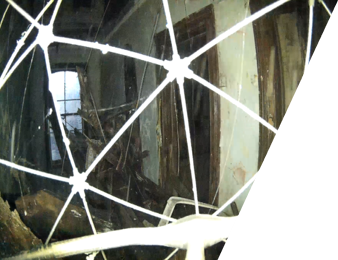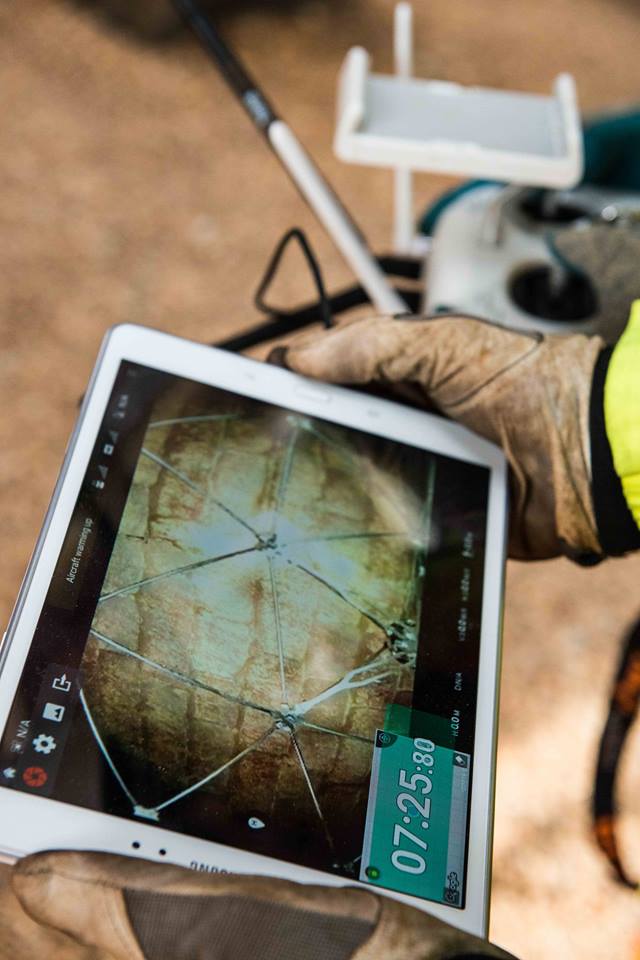Our client needed to deliver a structural monitoring report on a four-story heritage building that had been deemed unsafe for human entry due to asbestos contamination, collapsed floors and structurally unsound walls and roof. The team was tasked with assessing if the building could be repurposed and if a temporary buttress scaffold was needed to potentially prevent a collapse onto a busy public street opposite a major rail station. Our client needed to know the exact condition of the internal structure to identify any potential areas of collapse and instability.
Due to the nature of the building, engineers could not provide a method of surveying the building that did not run into the £100,000 region or put personnel into extremely hazardous environments.

We were chosen because of our expertise in internal Beyond Visual Line of Site operations (BVLOS).
We used a class-leading system offering a dual visual and thermal sensor payload, paired with super bright LED lighting to allow for the safe operation in hazardous confined unlit spaces. To prevent damage to the UAS survey system and its surroundings, we used a carbon fibre anti-collision encapsulation system allowing the system to come into direct contact with surfaces to maximise data quality, whilst ensuring no damage is sustained to either the asset or the system.
An encapsulation chamber was erected to isolate the building from the external environment and provide a contained environment. A signal relay was placed into the building to ensure full signal to the UAS survey system was obtained. From here flights were launched to progressively explore the building and build the engineers’ understanding of the internal conditions. Using this technique 95% of the rooms were inspected, fully detailing the condition of all supporting walls and exposed roof beams. The remaining two were missed due to collapses blocking access.



